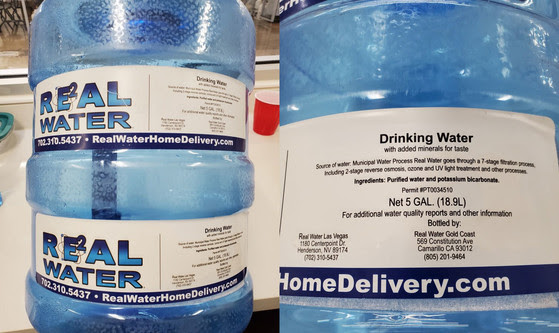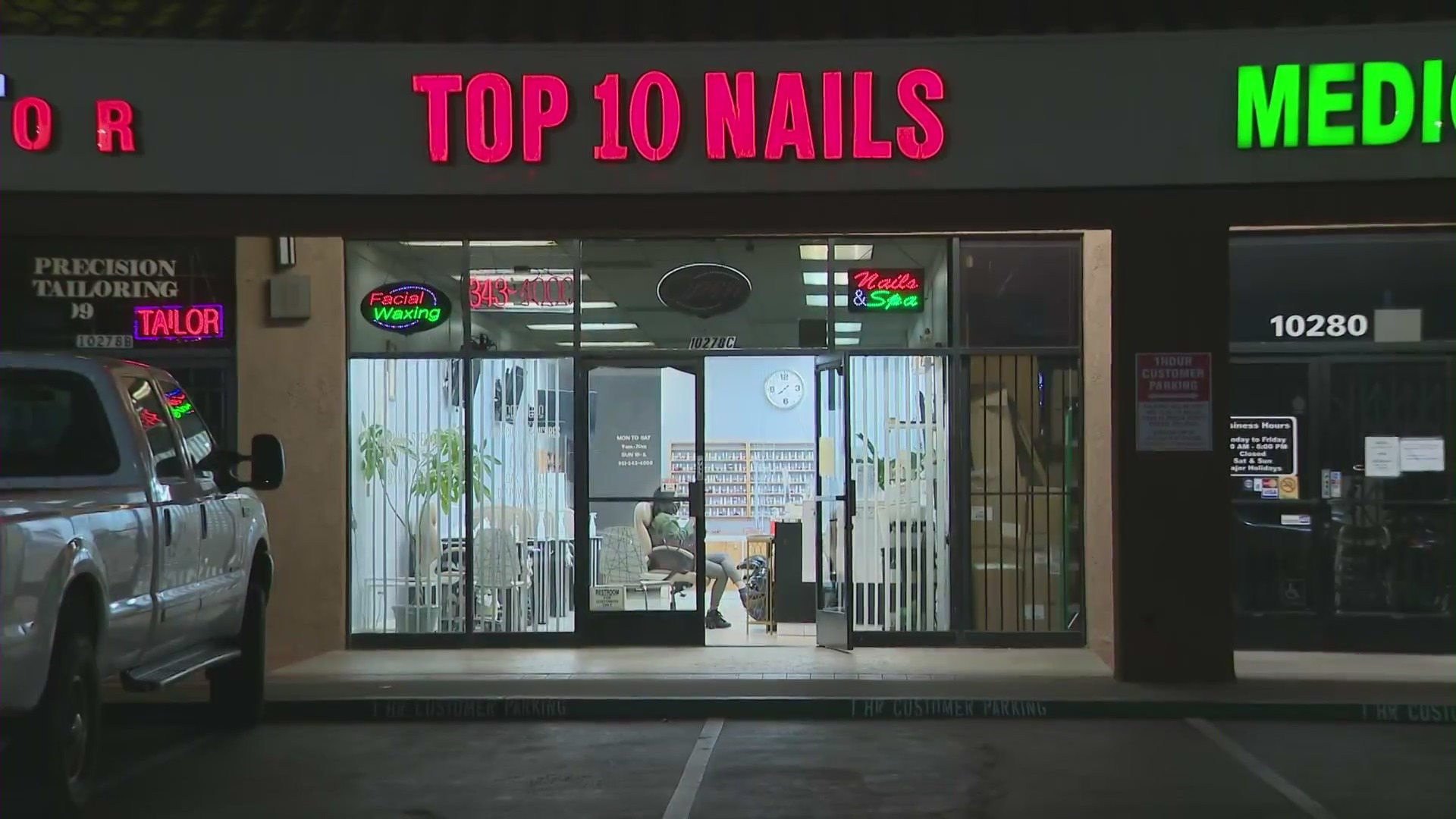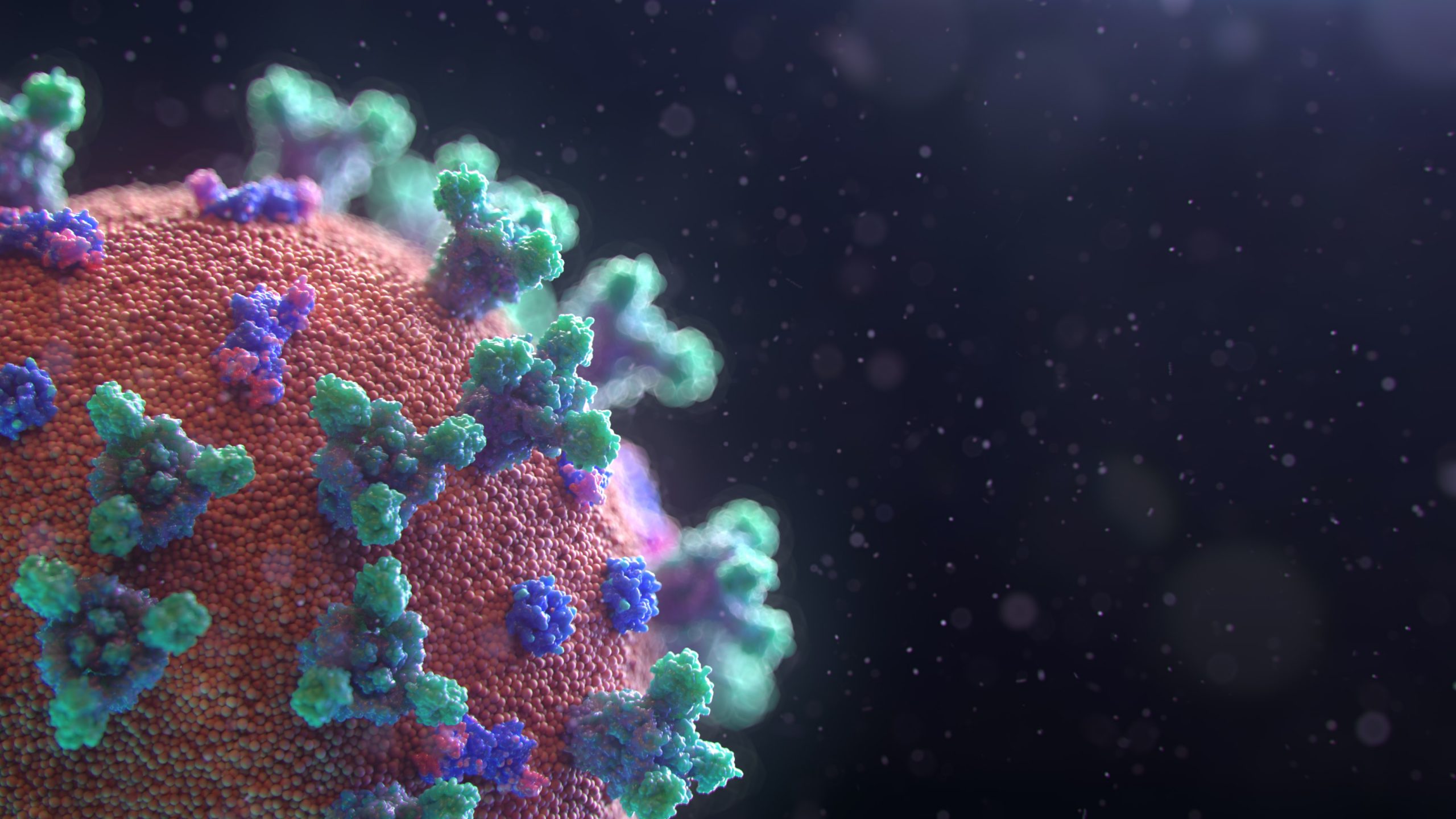It’s hard to know when exactly the first cases appeared. But certainly by January’s end, a slow trickle of post-vaccination infections had begun in the United States. They arose in the West, making headlines in Oregon; they sprouted in the Midwest and the South. Some of the latest reports have come out of Florida, Texas, and Hawaii. These breakthrough cases—discovered in people more than two weeks after they received their final COVID-19 shot—will continue to grow in number, everywhere. And that’s absolutely no cause for concern.
Breakthrough infections, which occur when fully vaccinated people are infected by the pathogen that their shots were designed to protect against, are an entirely expected part of any vaccination process. They’re the data points that keep vaccines from reaching 100 percent efficacy in trials; they’re simple proof that no inoculation is a perfect preventative. And so far, the ones found after COVID-19 vaccination seem to be unextraordinary.
Since mid-December, when the rollout of the newly authorized vaccines began, nearly 40 million Americans have received the jabs they need for full immunization. A vanishingly small percentage of those people have gone on […]


Micah Green / Bloomberg / Getty
Add a comment






